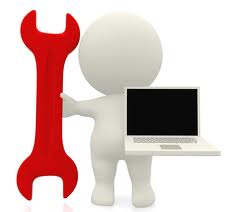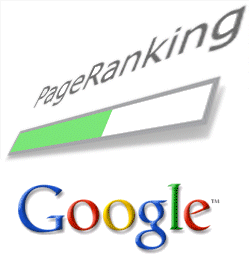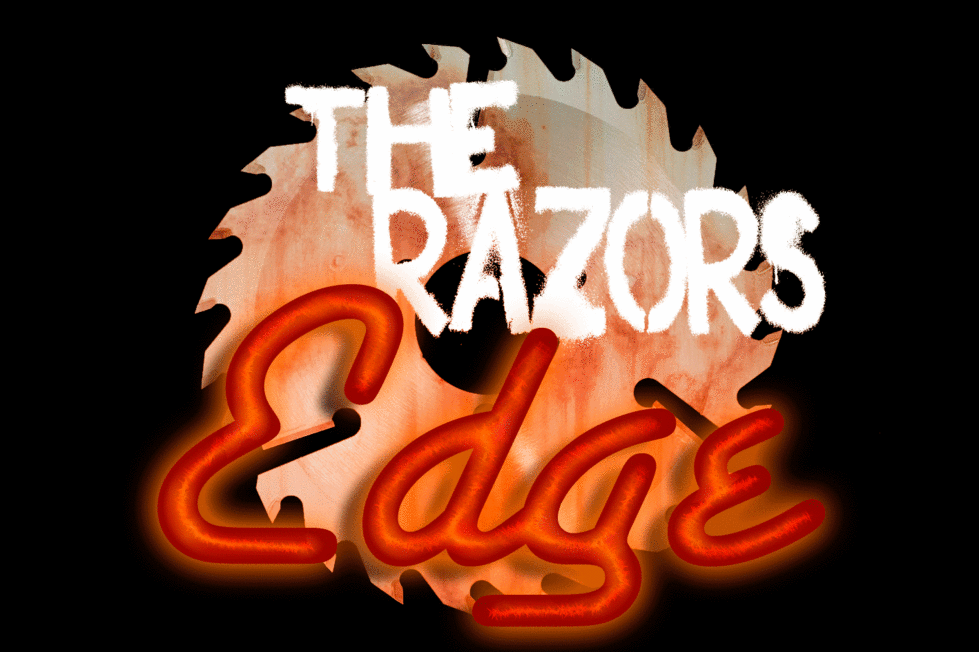Related Posts

So you’ve created your website, now all you have to is launch it and just sit back and let the hordes of traffic come to you………right? Wrong just because you slapped a few pages together doesn’t mean your website is ready for the world. There are some very important things to do before you launch your website to give it the best possible chance. Using a pre-launch checklist before you launch your website is your opportunity to fix any problems and add any last minute changes before that all important launch. In this post I’ll give you a list of what to do before you launch your website.
1. Proofread
Read everything and make any corrections, then read again to make sure. You want to nail out as many spelling and grammar errors as possible. Also take a look at how your text is presented. You want everything as easy to read and follow as possible. Break up any large paragraphs to make them easier for your viewers to read your content.
2. Cross browser check
Just because everything looks good on your computer doesn’t mean it’s going to look as smooth and perfect on another browser. You want to check your site on as many different browser as possible, the big ones being Internet Explorer 8 and 9 (some still use 7 so check that one too if possible) Google Chrome, Firefox, and Safari for Mac users. If possible also check on mobile devices such as Blackberry, Android, and Iphone.
Your goal when checking on different browsers is to spot any potential problems such as overlapping text and images.
Another thing I recommend is test your site on different monitors both new and older to see if your color scheme is working or messed up. This applies more to older monitors that can’t display the same amount of colors.
3. Function test
Go through your site and test everything. Do all your internal and outbound links work and go to the right places? Does your navigation work? If you created a form or have a comment section test them out to make sure it either sends you the message to your email account or displays properly on your site. Check everything on your computer and if you can on a couple others to make sure everything is working the way it should before you launch a new website.
4. Favicon
A favicon essentially is an image you see in the tab when you’re on your website or the address bar of a browser. A favicon is important because it makes your site easier to find when a visitor bookmarks your site to their favourites list.
5. Sitemap
Another pre launch check is whether or not you have a sitemap. Essentially you want two, one for your visitors that displays links to all your pages for easy navigation. And a second that can be submitted to the search engines. To create an XML sitemap you can visit XML-Sitemaps.com and create a free one.
6. Create a 404 page
A 404 page is displayed when content a visitor is looking for doesn’t exist, has been renamed, or is currently offline. It’s often overlooked but plays an important part in your websites trust factor with its visitors. Having a well designed 404 page should help reassure your visitor that your site is there while offering them some options that they can go in the site structure. You can create your own customized 404 error page here
* Not every website builder will allow you to build a 404 page. Webstarts for example doesn’t. So before you create one contact and your using an online website builder contact them to see if you can.
7. Link to your RSS feed
An RSS feed is a way visitors can subscribe to your site and receive updates on new content. If your website doesn’t have an RSS feed you can create one for free Rapid Feeds which provides you with a free feed plus buttons you can place on your site.
8. Analytics
Before you launch your website you want a means to measure your sites stats. Knowing what pages your visitors land on, what keywords they use, and how long they stay are just a few key bits of information you need in order to make effective changes (and trust me you’ll need to make them) to keep people coming back. The best well known one is Google Analytics
9. Titles and description
It’s important to spend some time and develop your title and description for your pages. These will be your visitor’s first glimpse into what your website is about, and a good first impression is vital to attracting visitors. To make sure your title, Meta description, and URL are attractive to the eye you can use a SERP optimization tool to get an idea of what your links will look like in Google’s search results.
One of the best SERP tools I’ve found is on a site called SEOMofo.com.
10. Optimize optimize and optimize some more
This will be an ongoing process as you create new content and pages. This includes things like reducing the file size of images to keep your loading time down. You can also use a validation tool W3C validater to check your site for errors that you could have missed.
It doesn’t matter how big your website is, what niche it is, or if your website is has pictures of fluffy pink bunnies all over it, these apply to all websites. Remember there’s a lot of competition out there and if you want to get your best foot forward using a pre-launch checklist is the best way to hammer out any problems before they turn away visitors.
Other posts to check out
 Previous Post
Previous PostThere are literally countless companies promising you top ranking for your niche, thousands of hits, and the ability to make you lots of money quickly. Sound too good to be true, chances are it is. There are thousands of SEO scammers out there peddling B.S and false promises in order to do one thing PART YOU WITH YOUR MONEY.........






HTML Comment Box is loading comments...